The losers 2023
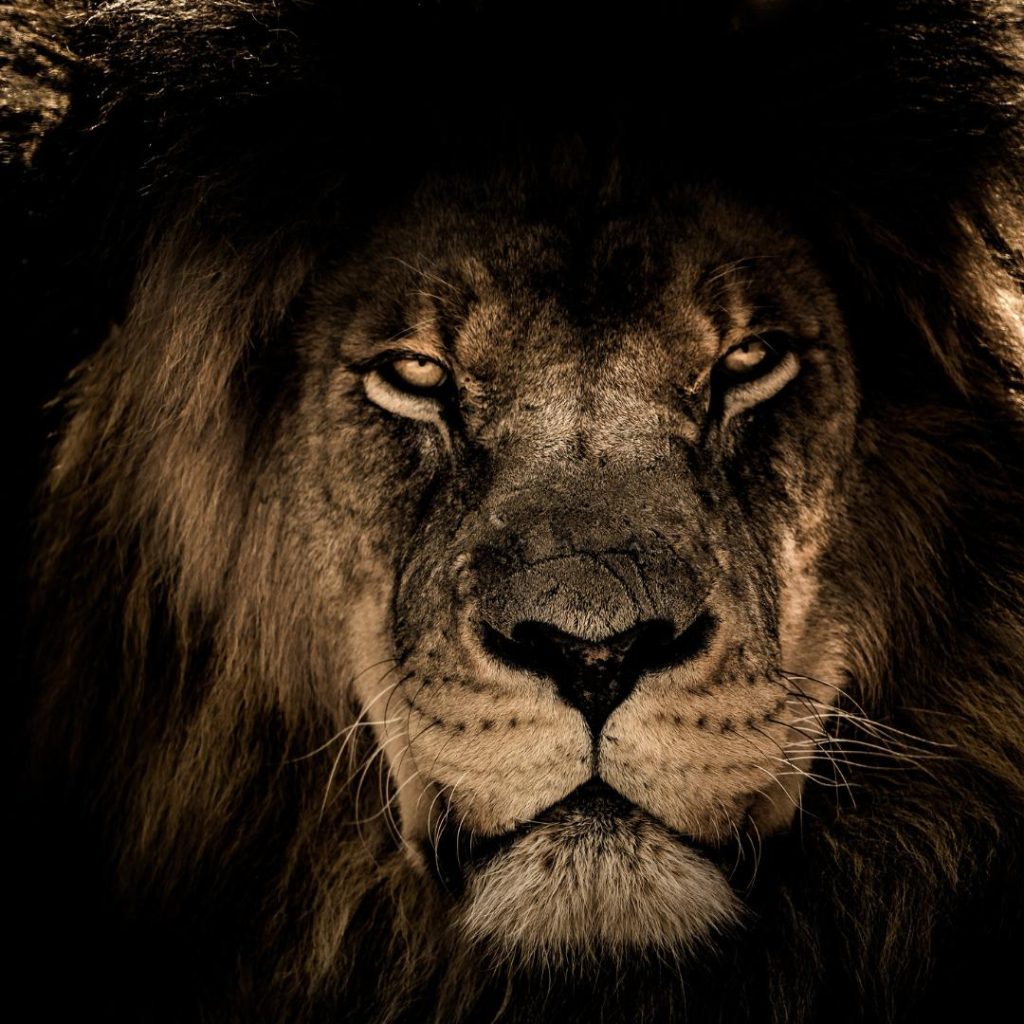
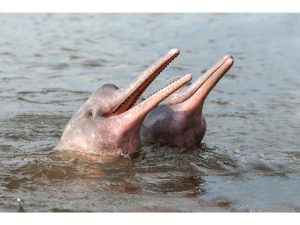 River dolphins:
River dolphins:
All six species of river dolphin are among the most endangered mammals in the world. This year has been particularly hard for the animals in the Amazon: well over 200 river dolphins have died in Lago Tefé in the Brazilian state of Amazonas since September - affecting both the pink river dolphin and the tucuxi, which is gray and slightly smaller. Ten percent of the river dolphin population in Lago Tefé died in just one week.
High water temperatures of up to 39.1 degrees Celsius have probably led to the death of the river dolphins. In addition to hydropower plants and mercury pollution, the freshwater dolphins are now also directly affected by the climate crisis. The WWF launched a rescue operation on the ground. At the same time, a global declaration was signed in October to stop the decline in populations in South America and to double river dolphin populations in Asia.
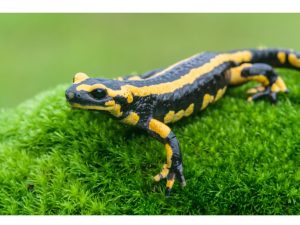 Amphibians:
Amphibians:
The great extinction in the realm of frogs, toads and salamanders will continue in 2023: according to the Red List, over 40 percent of all amphibian species worldwide are critically endangered. This is mainly due to the destruction of their habitats and climate change. This makes them the most threatened class of vertebrates - ahead of mammals, reptiles and birds. Among amphibians, salamanders are the most endangered group. More than every second salamander species is threatened. Four amphibian species have been declared extinct in the last three years. 185 amphibian species are now listed as "possibly extinct".
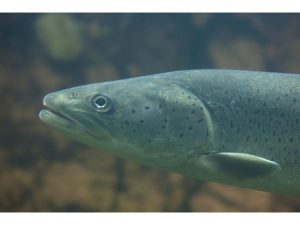 Huchen:
Huchen:
The Huchen is one of the largest and most attractive representatives of salmon-like fish and is only found in the Danube catchment area. The species is one of the big losers of the Biodiversity Year. The populations of this migratory fish have been declining for years due to the heavy damming of our rivers. Now a new hydropower plant is being planned in the stretch of the Upper Mur of all places, which is home to the very last intact population. This is fatal because a hydropower plant would have a massive impact due to the damming, the diversion of water and, above all, the interruption of the river.
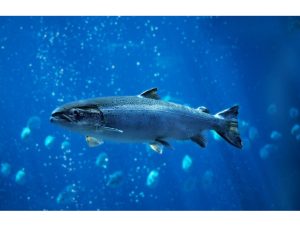 Atlantic salmon:
Atlantic salmon:
According to the new global Red List, the Atlantic salmon is considered "critically endangered". The global population has shrunk by 23 percent in recent years. The fish species, which hatches in rivers and then migrates to the sea, suffers from many threats: Dams and other obstacles block access to spawning and feeding grounds, while water pollution and sedimentation, mainly from logging and agriculture, lead to higher mortality rates among young salmon. In addition, salmon lice, which often infest salmon farms, also threaten wild stocks.
 African lions:
African lions:
The lion population in Africa is estimated at around 23,000. Between 2006 and 2018, the population of African lions plummeted by a quarter. Thanks to increased conservation measures, the downward trend has been slowed but not halted. Between 2018 and 2023, the overall population declined by a further 8 percent, with the sharpest declines expected in West and Central Africa. For example, WWF is working on habitat conservation and human-lion conflicts in the KAZA conservation area complex.
 Humboldt penguins:
Humboldt penguins:
Bird flu swept through the animal kingdom again in 2023, reaching even the most remote regions of the world. As a result of the current bird flu crisis, around 3,000 of the approximately 10,000 endangered Humboldt penguins breeding in Chile had already died by October, as well as more than 18,000 maned seals. Conservationists now fear that the deadly virus will also spread to the Antarctic and the Galapagos Islands, which are home to many species that only occur there.
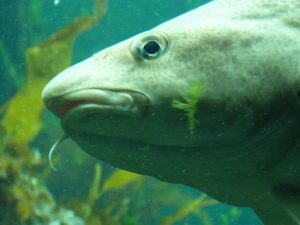 Cod in the North Sea:
Cod in the North Sea:
Cod will once again be one of the losers in 2023. In the EU's agreements with Norway and the UK, the new permitted catches are higher than the scientific recommendations. Cod in the North Sea will therefore continue to be overfished. There is also no room for recovery in the Danish Kattegat sea area. The decision to reduce the catch volume by ten percent will be of little use, as plaice fishing in the same area will be increased by 19 percent. There, the cod ends up in the net as by-catch.
 Lynxes:
Lynxes:
The maximum of 40 native Eurasian lynx live in small, isolated populations and are once again regionally threatened with extinction due to illegal persecution, land consumption and genetic depletion. Once again this year, a lynx was poached in Carinthia.
 Wolves:
Wolves:
While herd protection continues to be inadequately promoted and applied, most Austrian federal states are relying on regulations that are contrary to EU law in order to shoot wolves. Since the first regulations came into force, 13 wolves have already been killed, 12 of them in the current year. With a population of around 70 individuals, this represents a considerable weakening of the population.






